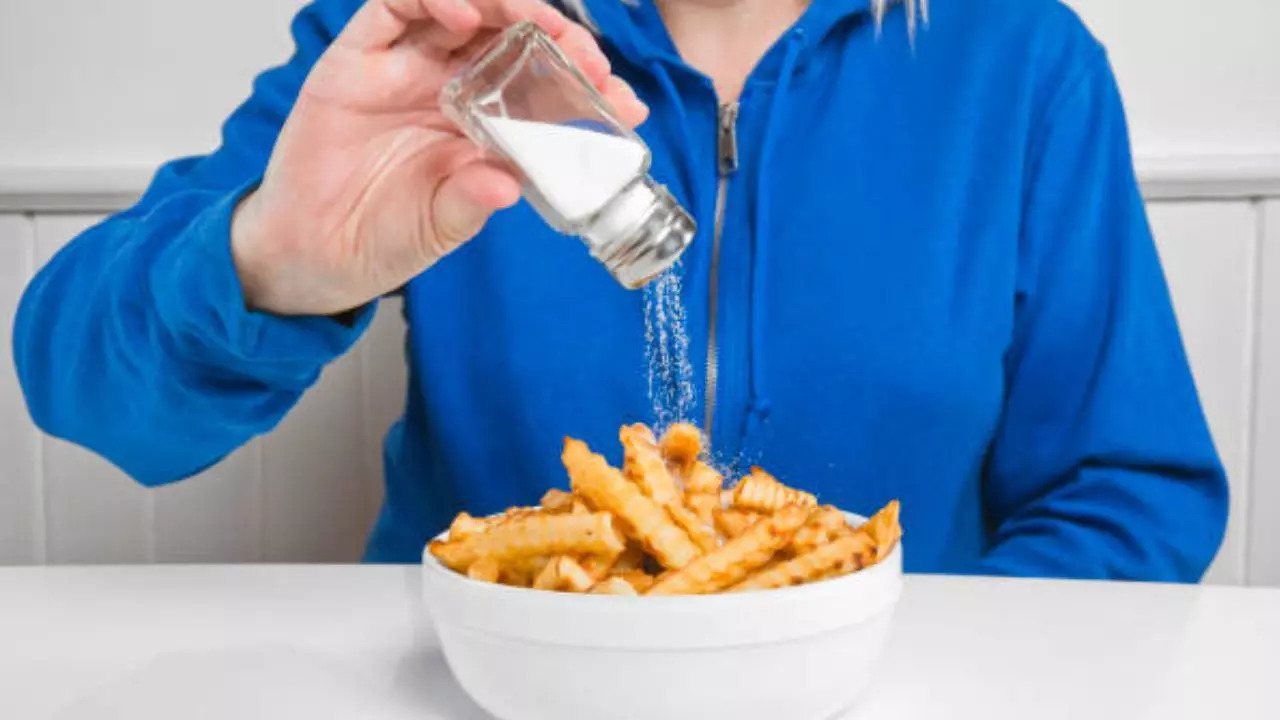FDA Aims to Reduce Americans’ Sodium Intake: How to Reduce Salt Intake for a Healthier Heart (Image Credit: iStock)
Sodium, commonly found in table salt, has long been recognized as the main culprit behind high salt levels. blood pressure and an increased risk of heart disease. While many people may not realize it, most of the sodium consumed comes from processed foods and restaurant meals rather than homemade foods. According to the U.S. Food and Drug Administration (FDA), more than 70 percent of the sodium in the average American’s diet comes from these sources. Recognizing this widespread problem, the FDA is working closely with the food industry to gradually reduce sodium levels in many food products, making it easier for consumers to adopt healthier diets.
The current recommended daily limit for sodium is 2,300 milligrams (mg) for people ages 14 and older, but Americans, on average, consume about 3,400 mg of sodium per day. This is more than 50 percent of the recommended amount. This can have serious health consequences, such as high blood pressure, heart disease, and stroke. Nearly 90 percent of Americans consume more sodium than they should, and nearly 50 percent have high blood pressure as a result.
One of the main reasons is that excessive sodium intake starts at a young age. Children and adolescents consume foods high in sodium and these unhealthy habits can persist into adulthood, contributing to long-term health problems. This is why the FDA’s efforts to reduce sodium levels in a wide range of processed foods are so critical to public health.
Steps to reduce sodium in your diet
While the FDA works on these long-term industry changes, people can take immediate steps to reduce their sodium intake at home and when dining out. Here are some strategies:
Limit foods high in sodium: Certain foods are known to be high in sodium, such as deli meats, pizza, burritos, tacos, and many restaurant foods. When ordering from chain restaurants, ask for nutritional information to choose low-sodium options.
Compare products: Not all similar foods contain the same levels of sodium. For example, different brands of bread can range from 200 mg to over 700 mg of sodium per 100 grams. Get in the habit of comparing nutrition labels and opt for the low-sodium option.
Understand the Daily Values (DV): The Daily Value (DV) for Sodium is a guide to help consumers stay within the recommended daily limits. Foods with 5 percent of the DV or less sodium per serving are considered low in sodium, while those with 20 percent of the DV or more are high.
Experiment with salt-free seasoning – the flavor doesn’t have to come from salt. Try salt-free seasoning blends or use herbs and spices to enhance the flavor of your foods without adding sodium.
Disclaimer:
The information contained in this post is for general information purposes only. We make no representations or warranties of any kind, express or implied, about the completeness, accuracy, reliability, suitability or availability with respect to the website or the information, products, services, or related graphics contained on the post for any purpose.
We respect the intellectual property rights of content creators. If you are the owner of any material featured on our website and have concerns about its use, please contact us. We are committed to addressing any copyright issues promptly and will remove any material within 2 days of receiving a request from the rightful owner.

